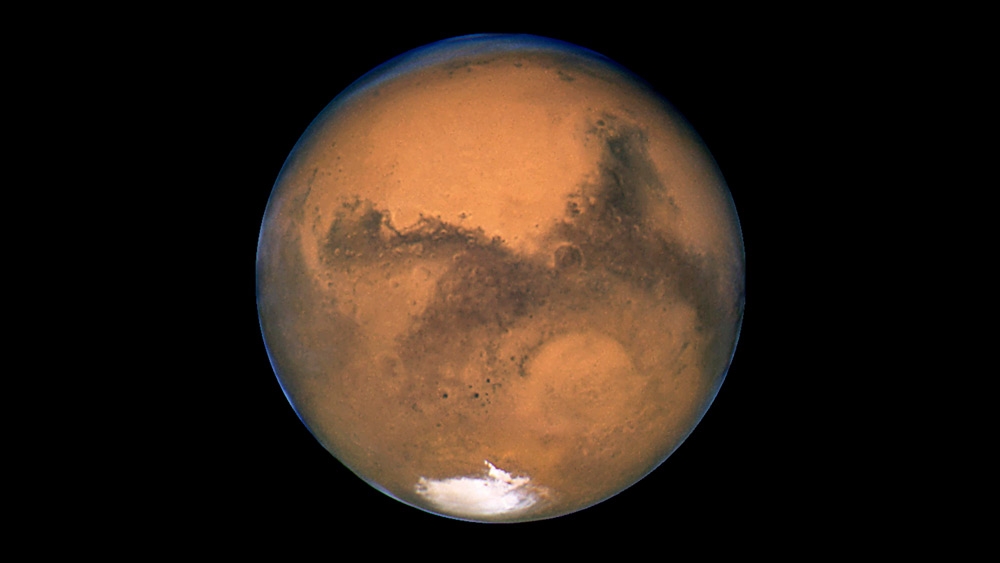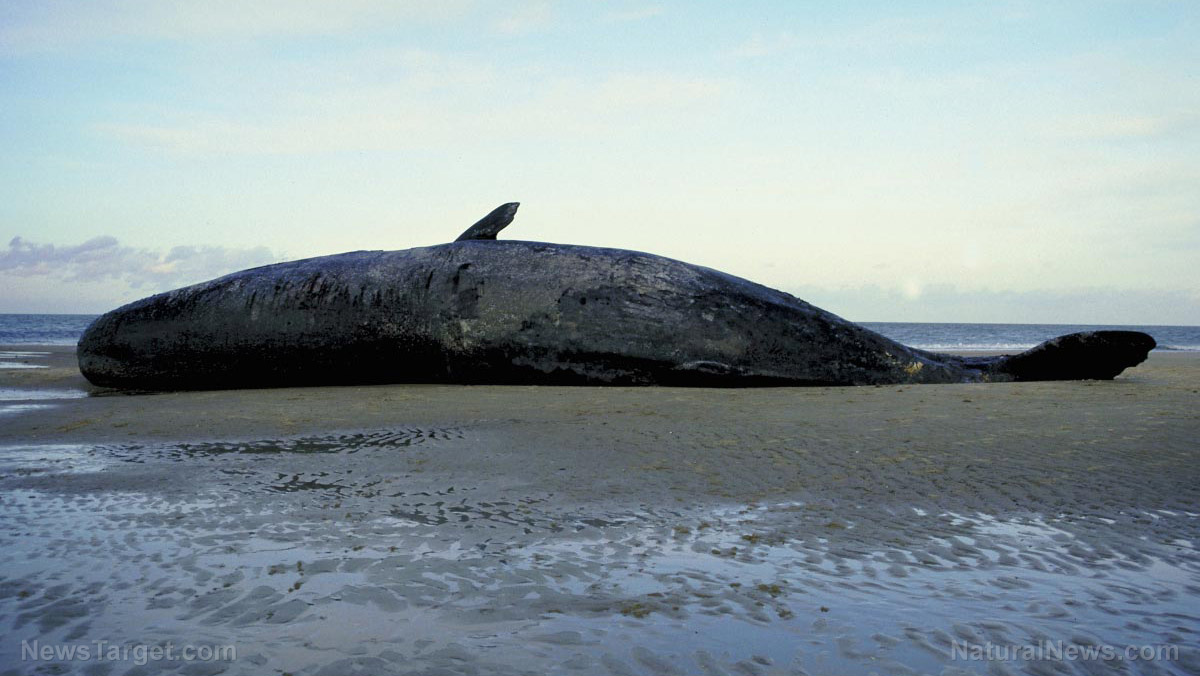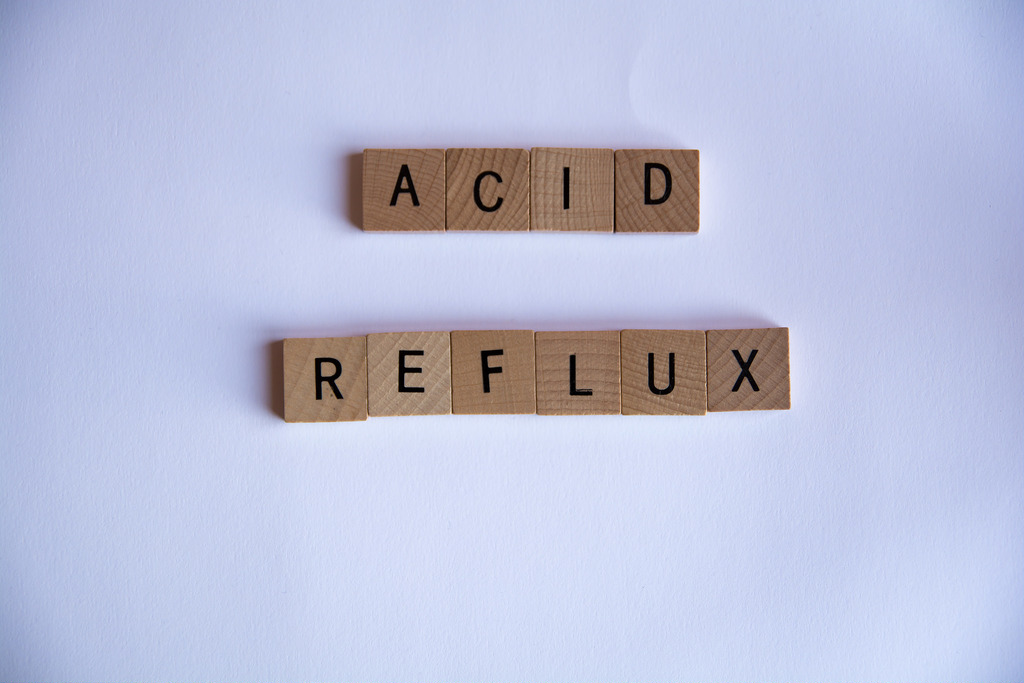Astronauts train for Mars mission by living in inflatable greenhouses in the Dhofar desert
02/27/2018 / By David Williams

How prepared is humanity to go on an actual mission to Mars? Scientists and experts from all over the world may be working hard to find out as much as they can about the red planet from Earth’s comfortable surface – as well as from space – but Mars itself may turn out to be unforgiving. For this reason, researchers have established a so-called analog test site in Dhofar, Oman, where they have set out to conduct a series of tests to prepare for future Mars missions.
Dubbed the AMADEE-18 Mars Analog Mission, the project was spearheaded by the Austrian Space Forum – in cooperation with the Oman National Steering Committee for AMADEE-18 – and aims to gather advanced data on simulated missions for future human space journeys to the planet Mars. According to an official announcement pertaining to the project, the Mission Support Center in Austria serves to direct it, with a small field crew tasked with conducting the experiments that cover the fields of engineering, planetary surface operations, geology and geophysics, astrobiology, life sciences, and more.
The simulation project is said to be the first to rely on a combination of drones, robotic rovers, and an inflatable greenhouse in order to carry out its experiments. The base of operations is a 2.4-ton inflated habitat that’s surrounded by a number of shipping containers converted into laboratories and crew quarters. If the tests prove to be successful, there is a chance that the National Aeronautics and Space Administration could use their resulting data for a human mission to Mars by some time in the 2030s.
According to a spokesman for the mission, the location for the AMADEE-18 project was chosen for its resemblance to the Martian surface, among other things.
“The deserts of Dhofar, the largest governorate in the Sultanate of Oman, have a resemblance to various Mars surface features,” the spokesman said. “Such as sedimentary structures dating back to the Paleocene and Eocene, salt domes of the South Oman Salt Basin and ancient river beds.”
One astronaut involved in the project, Kartik Kumar, shared his thoughts in a series of statements published by Daily Mail online. According to Kumar, the recent success of SpaceX in launching their Falcon Heavy rocket “puts us in a completely different realm of what we can put into deep space, what we can send to Mars.” He further added that the next step to Mars is to tackle certain non-engineering problems such as medical emergency responses and human isolation.
As for why exactly Omani deserts were chosen for the project’s location, he said that it’s because the desert’s surface resembles Mars so much that it’s hard to tell the difference between the two. “But it goes deeper than that: the types of geomorphology, all the structures, the salt domes, the riverbeds, the wadis, it parallels a lot of what we see on Mars,” he said.
The Omani government had reportedly offered to host the Austrian Space Forum’s next Mars simulation during a meeting of the United Nation’s (UN) Committee On the Peaceful Uses of Outer Space. The forum quickly accepted, according to Gernot Groemer, the commander of the Oman Mars simulation and known veteran of a total of 11 science missions based here on Earth.
Talking about the technology and methods being used in the Omani experiments, Groemer commented that some of the resulting data is surely going to be used in future space missions. “No matter who is going to this grandest voyage of our society yet to come, I think a few things we learn here will be actually implemented in those missions,” he said, acknowledging the fact that anyone between Americans, Europeans, or even the Chinese could end up eventually going to Mars.
The team behind the AMADEE-18 project has since wrapped up their mission, and is expected to share the results of their research very soon.
Learn more about what’s being done in preparation for future space missions in Space.news.
Sources include:
Tagged Under: AMADEE-18, astronauts, future science, Mars, Mars missions, NASA, Oman, Space, space flight, space missions, training




















